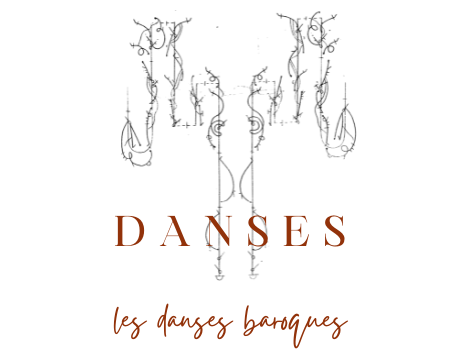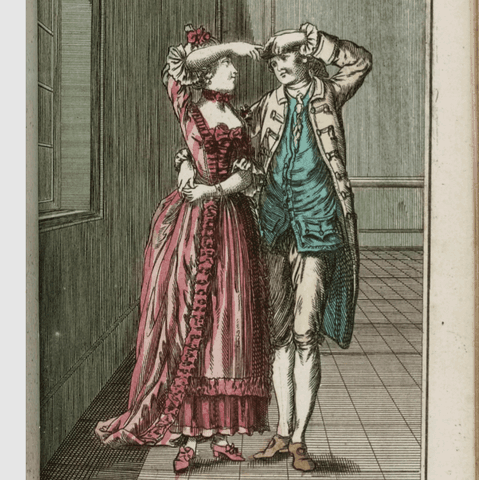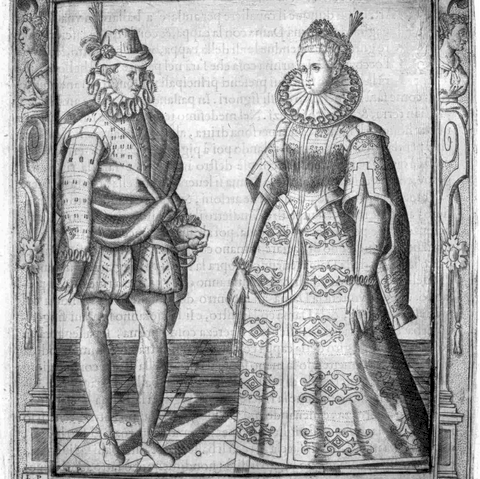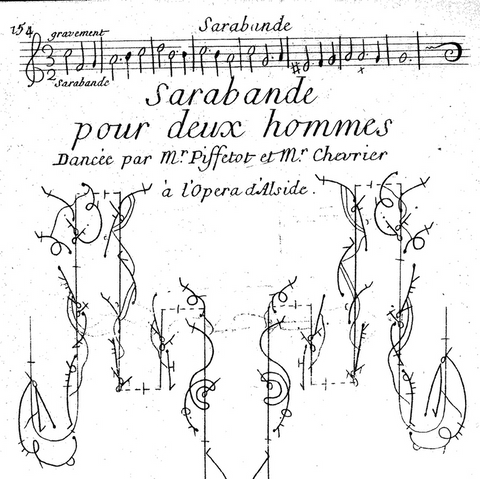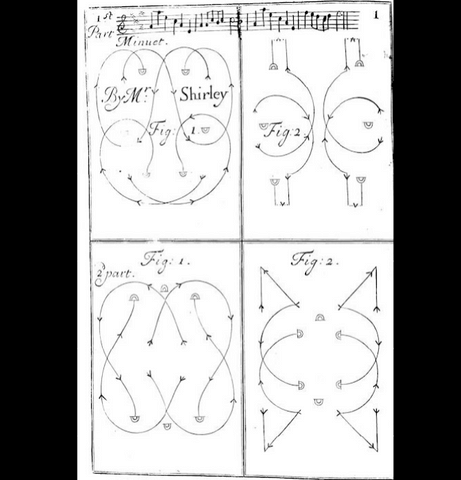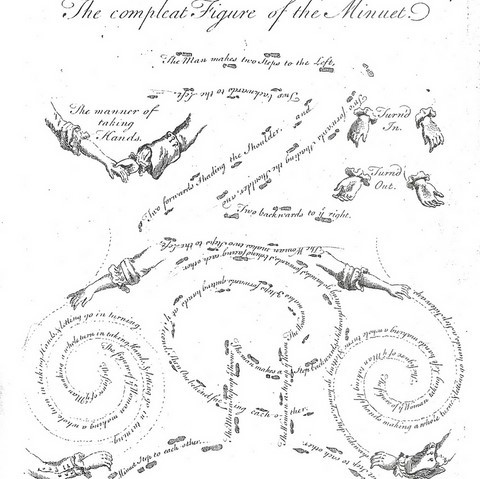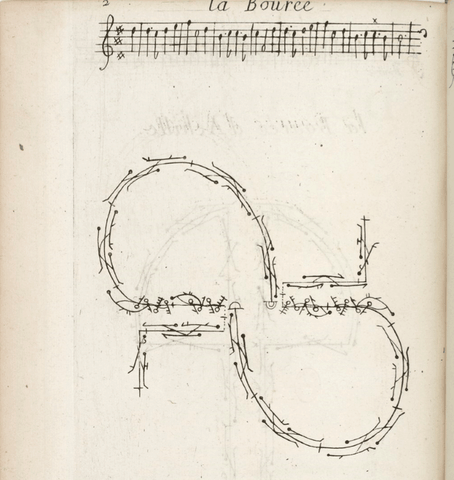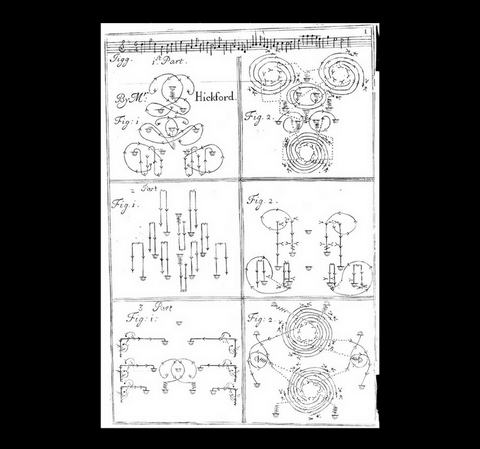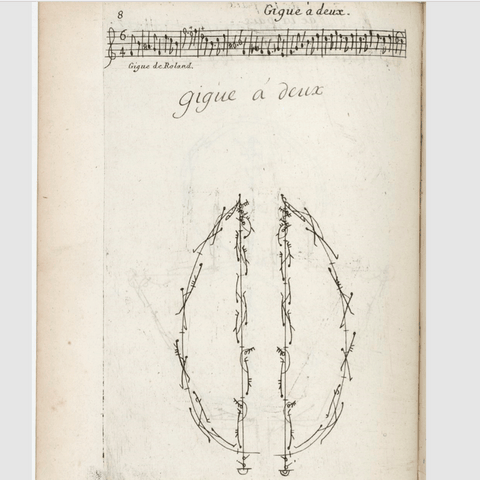Baroque Danses
Books and publications
Rechtschaffener Tanzmeister, oder, gründliche Erklärung der frantzösischen Tantz-Kunst, Gottfried Taubert , Leipzig, 1717
Musicalisches Lexicon, J.G. Walther, Leipzig, 1732
Recueil de dances , Raoul-Auger Feuillet, Paris, 1700
Abbrégé [sic] de la nouvelle méthode dans l'art d'écrire ou de tracer toutes sortes de danses de ville, Pierre Rameau
Apologie de la danse, F de Lauze (1623)
An Easy Introduction to Dancing: or the Movements in the Minuet Fully Explained, George Bickham, London, 1738
Websites
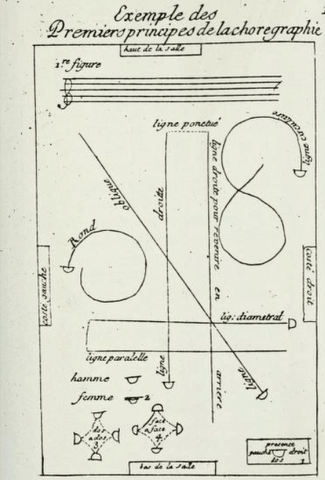
CHOREGRAPHIE
To understand the choregraphie of the danses, one has to follow the drawings. There is not only one choregraphie possible, it varies depending on the country and the dancers.
The importance is to get into the spirit of each dance by understanding the style, tempo, rythmic.
SECULAR MUSIC IN KÖTHEN
J.S Bach composed the 6 Suites for violoncello senza basso during the years he was “Anhalt-Köthen Prince's own musical director" at the court of Köthen between 1717 and 1723.
The photo here was taken in Köthen.
PRELUDE
Each Suite begins with a Prelude, an introduction to the harmonic journey that will be encountered in the Suite of dances.
After the Prelude comes the Allemande...
.
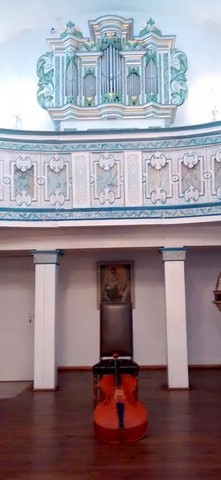
Allemande
"Une véritable invention allemande (...) qui reflète un esprit satisfait et jovial se plaisant dans l’ordre et le calme "
Johann Mattheson , 1739, Hambourg
courante
- La courante francaise : 3/2 ou 6/4 , de tempo modéré (Suite 5)
- La courante Italienne : 3/4 ou 3/8 , de tempo vif (Suites 1/2/3/4/6)
